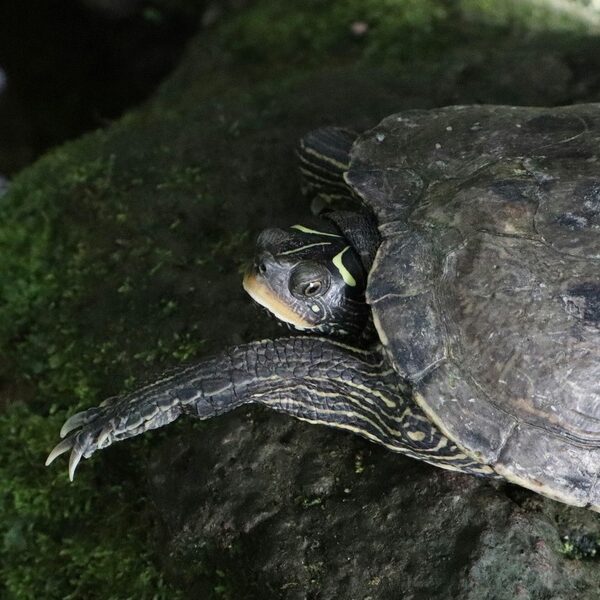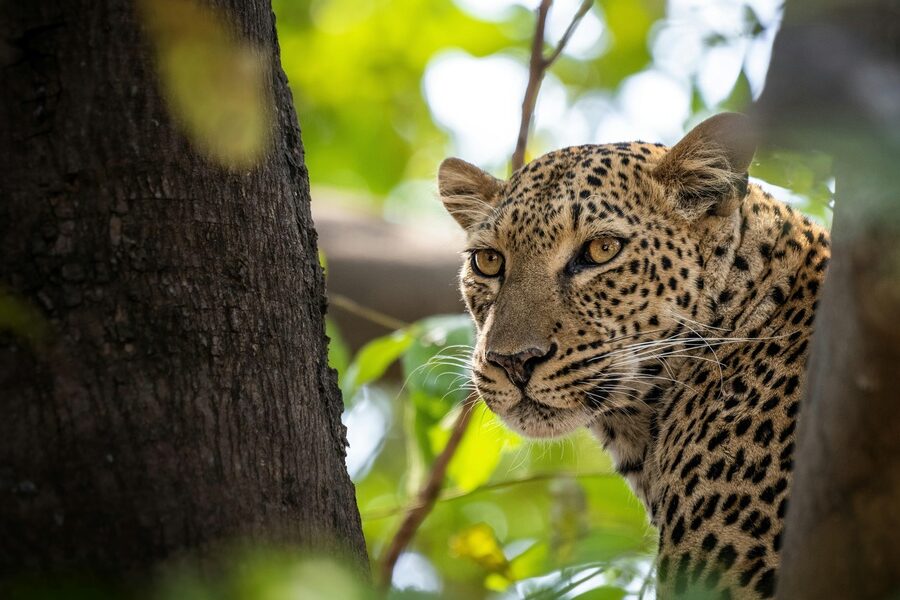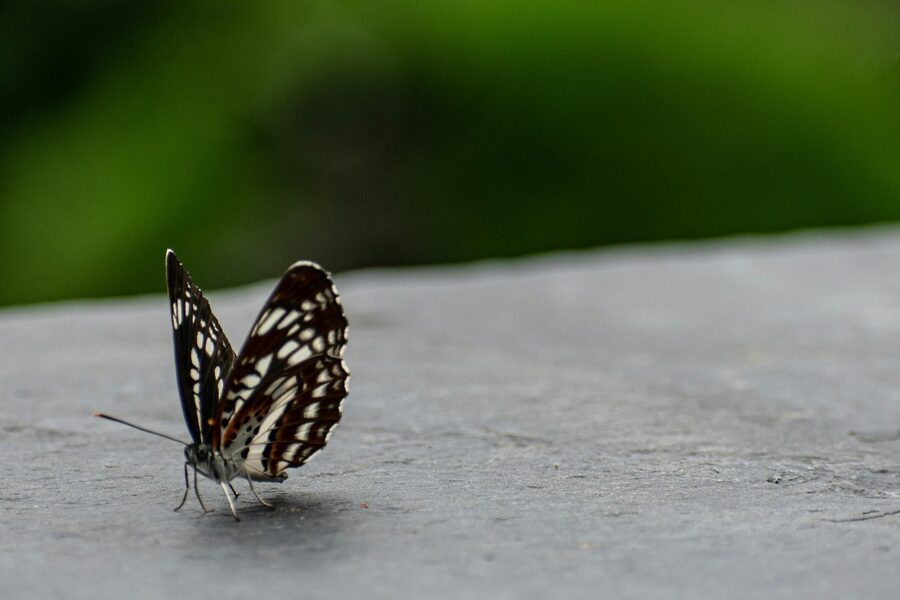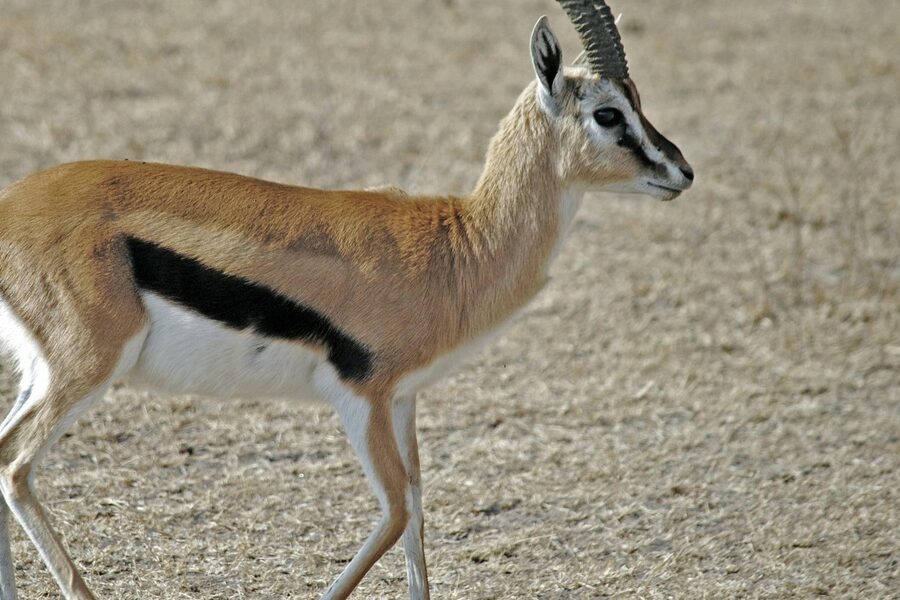Luxembourg’s compact landscape hides a surprising diversity: beech and mixed forests, river valleys, wetlands and small lakes all support different kinds of wildlife. Local naturalists and conservation groups regularly survey these areas to keep track of species that are uncommon or declining.
There are 18 Rare Animals in Luxembourg, ranging from Barbastelle to White-tailed eagle. For each, you’ll find below Scientific name,Rarity status (national),Main habitat / Where found — a concise way to compare identity, national rarity and where to look — and you’ll find the full list below.
How is “rare” determined for the species on this list?
Rarity follows national assessments (red lists) and recent field surveys, taking into account population size, trend and distribution; the Rarity status (national) column reflects that evaluation and is updated when new monitoring or expert reviews are published.
How can I observe animals like the Barbastelle or White-tailed eagle without disturbing them?
Use guided walks or established viewpoints, respect seasonal closures near roosts and nests, follow rules in protected areas, and check with local nature centres for current sightings so you can enjoy wildlife responsibly.
Rare Animals in Luxembourg
| Common name | Scientific name | Rarity status (national) | Main habitat / Where found |
|---|---|---|---|
| European eel | Anguilla anguilla | Critically Endangered | Rivers and lowland streams (Sûre, Moselle) |
| Eurasian otter | Lutra lutra | Endangered | Rivers, reservoirs and riparian zones (Upper Sûre, Sûre valley) |
| Bechstein’s bat | Myotis bechsteinii | Endangered | Ancient deciduous woodland (Oesling, Ardennes) |
| Barbastelle | Barbastella barbastellus | Endangered | Mature mixed forests and riparian woods |
| Greater horseshoe bat | Rhinolophus ferrumequinum | Critically Endangered | Old buildings, cellars and warm limestone areas (south) |
| Lesser horseshoe bat | Rhinolophus hipposideros | Endangered | Caves, old buildings and woodland edges |
| Black stork | Ciconia nigra | Vulnerable | Wooded river valleys and secluded forest nests (Müllerthal, Upper Sûre) |
| White-tailed eagle | Haliaeetus albicilla | Rare | Large reservoirs and river systems (Upper Sûre, Moselle) |
| Noble crayfish | Austropotamobius pallipes | Critically Endangered | Clean, well-oxygenated streams and tributaries |
| Stag beetle | Lucanus cervus | Vulnerable | Sunny old orchards, warm deciduous woodlands |
| Rosalia longicorn | Rosalia alpina | Endangered | Old beech and mixed forests with deadwood (Müllerthal) |
| Great crested newt | Triturus cristatus | Vulnerable | Ponds and garden ponds near woodland (Upper Sûre area) |
| European wildcat | Felis silvestris | Rare | Remote forest interiors (Oesling, Ardennes fringe) |
| Hazel dormouse | Muscardinus avellanarius | Endangered | Hedgerows, coppice and mixed woodland edges |
| Sand lizard | Lacerta agilis | Endangered | Sandy heaths, dunes and warm south-facing slopes |
| Smooth snake | Coronella austriaca | Vulnerable | Heathland, open woodland edges (south) |
| Pond bat | Myotis dasycneme | Vulnerable | Waterside woodlands and reservoirs (Upper Sûre) |
| Great capricorn beetle | Cerambyx cerdo | Rare | Old oak woodlands and veteran trees (southern Luxembourg) |
Images and Descriptions
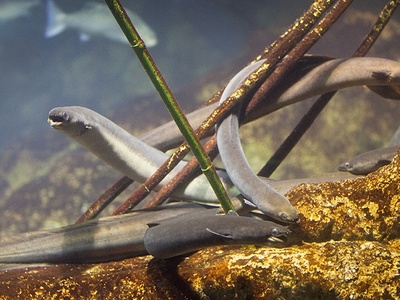
European eel
Slender, snake-like fish to 1m; numbers collapsed from barriers, pollution and overfishing. Seen migrating at river mouths and weirs in dusk/night hours; highly protected. Good source: GBIF occurrence data https://www.gbif.org/species/2456168
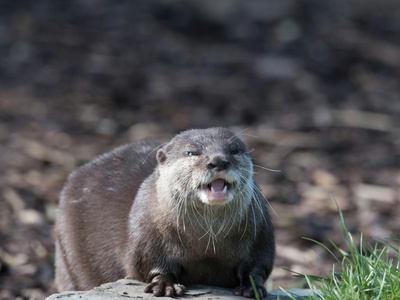
Eurasian otter
Streamside mustelid 60–90 cm body; historically rare from pollution but recovering with cleaner rivers. Best spotted at dawn/dusk on riverbanks and reservoirs; legally protected. See GBIF records https://www.gbif.org/species/2435090

Bechstein’s bat
Forest-dwelling bat (7–12 g) dependent on old trees and deadwood; rarity due to habitat loss. Emerge at dusk from woodland roosts in summer. Conserved and monitored; GBIF https://www.gbif.org/species/1385239
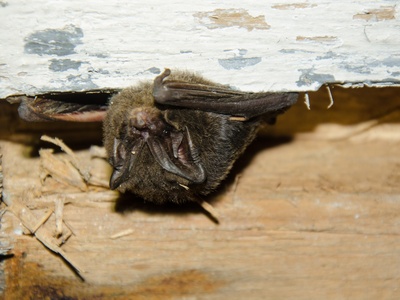
Barbastelle
Small, dark bat (7–14 g) that favors tree cavities; rare in Luxembourg because of few suitable roosts. Look at dusk in mature forests; protected. See GBIF https://www.gbif.org/species/1384756
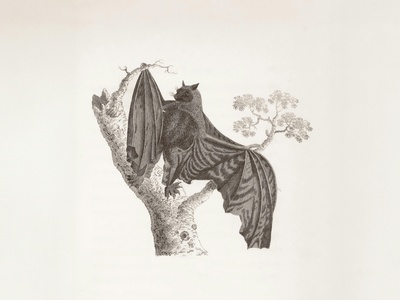
Greater horseshoe bat
Medium bat with horseshoe nose (7–12 g); extremely rare due to roost loss and disturbance. Best near traditional farmhouses at dusk; legally protected. GBIF overview https://www.gbif.org/species/5205430
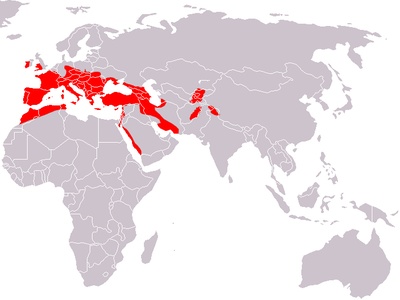
Lesser horseshoe bat
Tiny horseshoe-nosed bat (4–9 g); local populations are small and sensitive to disturbance. Watch at dusk near known roost sites; protected. GBIF https://www.gbif.org/species/5205429
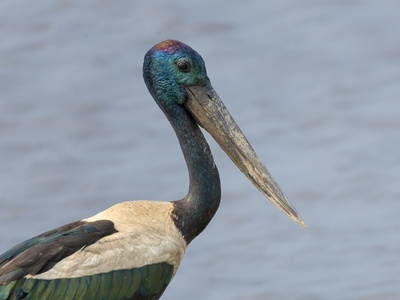
Black stork
Elegant forest-dwelling stork ~95–100 cm tall; very rare breeder in quiet forest valleys. Best seen spring–summer near riverine forests; strictly protected. GBIF species page https://www.gbif.org/species/2481283
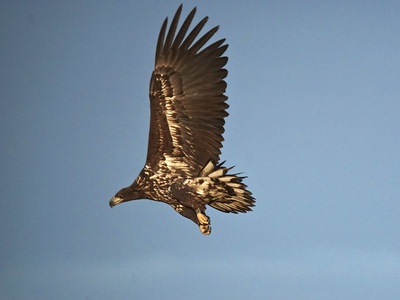
White-tailed eagle
Impressive raptor 70–90 cm; occasional visitor and rare local breeder. Watch shoreline and large lakes in winter/spring for fishing and perched birds; protected. GBIF https://www.gbif.org/species/2480943

Noble crayfish
Native crayfish ~8–15 cm; greatly reduced by crayfish plague and habitat change. Found in isolated clean streams; legally protected and conservation priority. GBIF data https://www.gbif.org/species/2206096
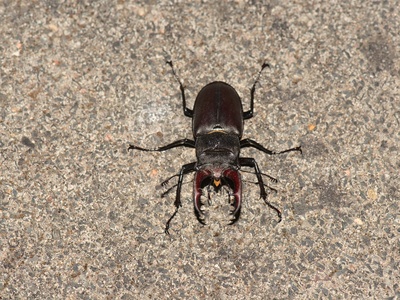
Stag beetle
Large charismatic beetle 3–7 cm with males’ antler-like jaws; rare due to loss of veteran trees and deadwood. Seen on warm summer evenings in south; protected. GBIF https://www.gbif.org/species/1100231
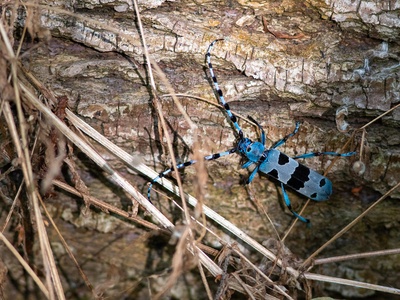
Rosalia longicorn
Striking pale-blue longhorn beetle 2–3 cm; rare because of loss of mature deadwood habitat. Appears in summer on sun-warmed trunks; strictly protected. GBIF https://www.gbif.org/species/1153042
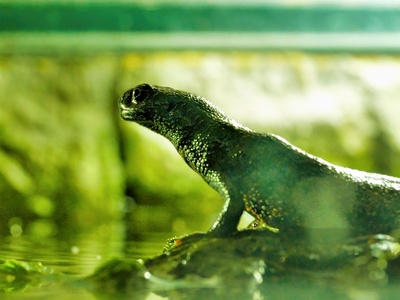
Great crested newt
Stocky newt 10–17 cm with crested males; scarce from pond loss and habitat fragmentation. Best at breeding ponds in spring evenings; legally protected. GBIF https://www.gbif.org/species/2441028
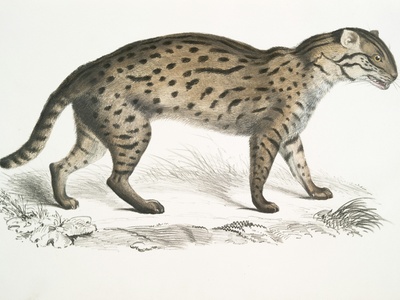
European wildcat
Shy wild cat resembling domestic cats, body 40–80 cm; extremely secretive and rarely seen—rare due to habitat loss and hybridisation. Night surveys and camera traps yield records. GBIF https://www.gbif.org/species/5219400

Hazel dormouse
Small nocturnal rodent 6–9 cm (body) with long tail; rare from fragmented hedgerows. Best heard/seen in summer evenings in dense shrub layers; protected. GBIF https://www.gbif.org/species/2438087
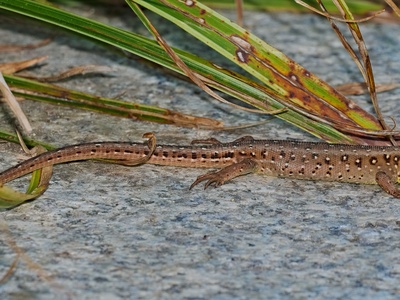
Sand lizard
Green-brown lizard 15–25 cm including tail; scarce where sandy open habitats have shrunk. Sun-basking in spring and early summer; protected. GBIF https://www.gbif.org/species/5207159

Smooth snake
Slim, secretive snake 50–75 cm; scarce in Luxembourg and lives in fragmented habitats. Rarely seen; early morning/late afternoon sunshine spots are best. GBIF https://www.gbif.org/species/2453301
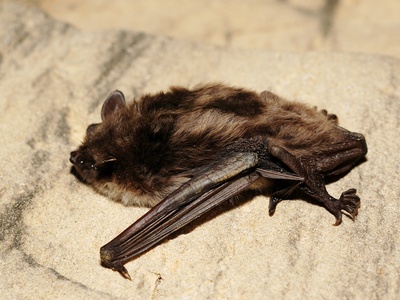
Pond bat
Medium bat (6–12 g) associated with water; uncommon and locally distributed. Fly low over water at dusk; roosts in buildings/trees. GBIF occurrences https://www.gbif.org/species/1385263

Great capricorn beetle
Large longhorn beetle up to 7 cm; rare where old oaks and deadwood have declined. Adults seen on warm sunny trunks in summer; protected. GBIF https://www.gbif.org/species/1042853


